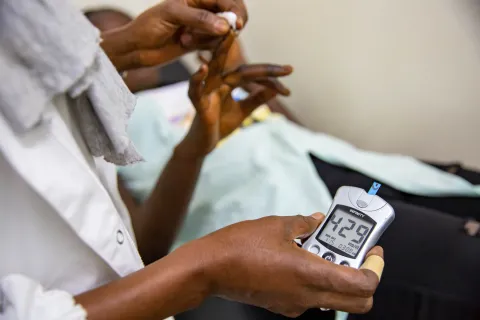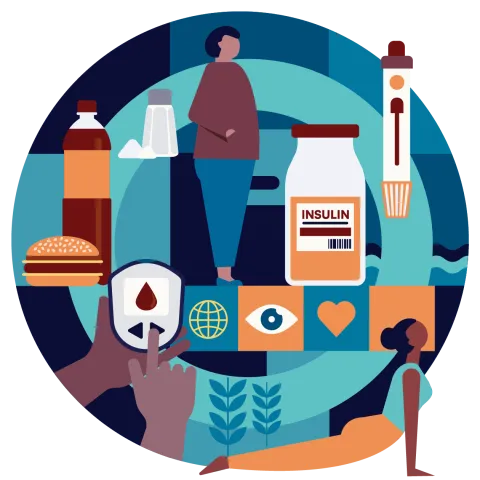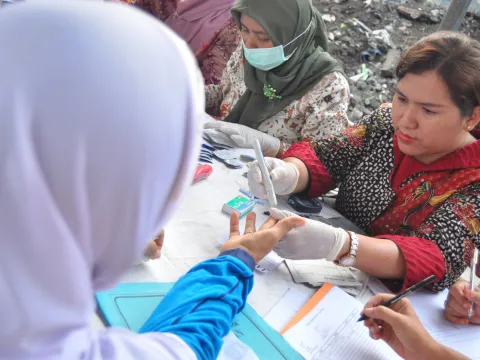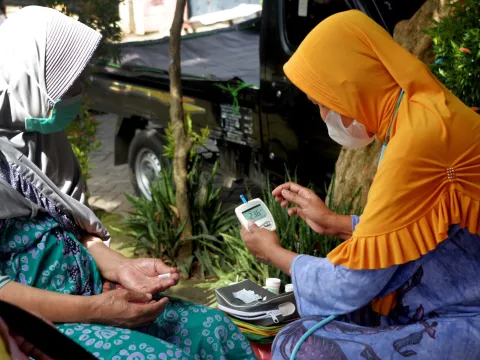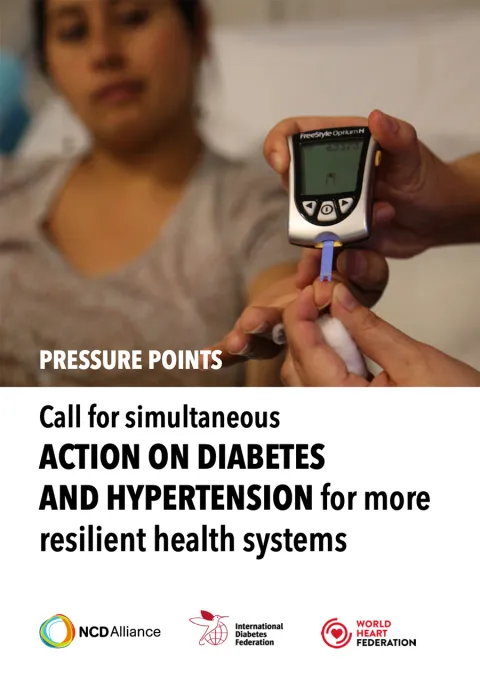
Key facts
Diabetes is a pandemic
One in nine adults are living with diabetes – and rates are rising year on year. By 2050, if no action is taken, this number will rise to one in eight.
Unequal impact
Most people living with diabetes reside in low- and middle-income countries (LMICs) and poorer communities. Other marginalised groups are also disproportionately affected by the disease.
Inequitable access to insulin
A century after its discovery, half of people diagnosed with diabetes are unable to access insulin. Most of them live in LMICs.
